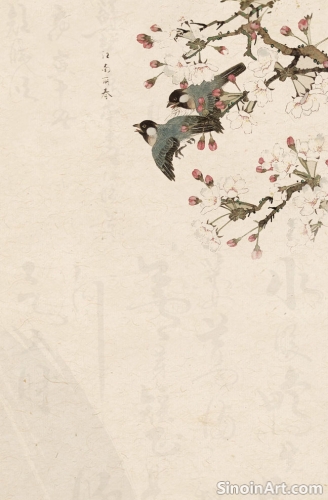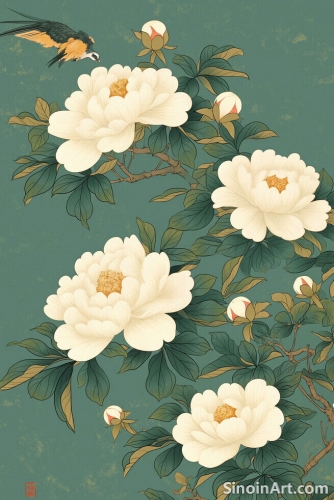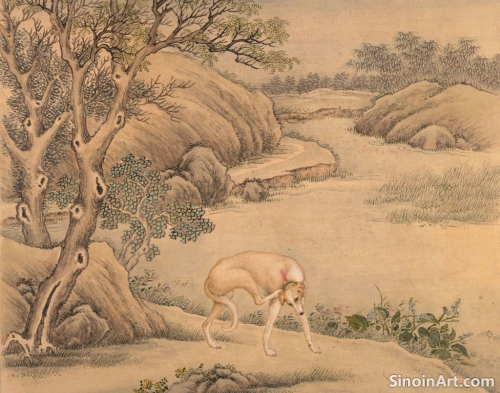Gongbi and the Depiction of Architecture
|
While often associated with the natural world, Gongbi painting also demonstrates remarkable skill in the depiction of architecture. From grand imperial palaces to humble rural dwellings, Gongbi artists render buildings and structures with meticulous detail and a keen understanding of architectural principles. This art form captures not only the physical appearance of structures but also their cultural and historical significance.  The meticulous detail that characterizes Gongbi painting is particularly well-suited to the depiction of architecture. Artists carefully render the intricate details of roofs, walls, windows, and other structural elements. The accuracy and precision of the linework bring to life the complex geometry of traditional Chinese buildings.  Beyond visual accuracy, Gongbi paintings of architecture also aim to capture the cultural and historical significance of the structures they depict. The choice of building, the use of specific design motifs, and the overall composition of the artwork often reflect the values, beliefs, and social structures of the time. The choice of subject and detail can be a commentary on the culture of a place.  The use of perspective is a key element in the depiction of architecture in Gongbi paintings. Artists utilize various techniques to create a sense of depth and three-dimensionality, from linear perspective to atmospheric perspective. The accurate and detailed use of perspective allows the viewer to feel as if they are in the space being represented. The interplay of light and shadow is another important consideration in the rendering of architecture. Artists use subtle variations in color and tone to create a sense of depth and volume, as well as to evoke the atmosphere of the place. The play of light helps to communicate both space and mood within the piece. Ultimately, the depiction of architecture in Gongbi painting showcases the artists’ mastery of technique and their deep understanding of both the visual and cultural significance of buildings. These works go beyond mere representation and serve as visual records of architectural history, as well as celebrations of human ingenuity. The accuracy and detail creates a work that is both beautiful and culturally important. |
Tag : Gongbi architecture, Chinese buildings in art, architectural painting, detailed structures, historic architecture
Related information
- Gongbi Painting and its Relationship to Song Dynasty Aesthetics
- The Meticulous Hand: Precision and Detail in Gongbi Painting
- Gongbi and the Depiction of Everyday Life
- Gongbi Painting and its Relationship to Calligraphy
- Gongbi Painting and the Use of "Boneless" Technique
This article explores the relationship between Gongbi painting and the aesthetic principles of the Song Dynasty, highlighting its influence on the art form's emphasis on realism, detail, subject matter, symbolism, and overall artistic vision.
Chinese Gongbi painting, distinguished by its meticulous detail and precise execution, stands as a testament to the dedication and technical skill of its practitioners. Unlike the expressive spontaneity of Xieyi (freehand) painting, Gongbi emphasizes a controlled and highly detailed approach, striving for a realistic depiction of the subject matter. This pursuit of perfection is central to the aesthetic and philosophy of the Gongbi tradition.
This article explores the use of Gongbi painting in depicting scenes from everyday life, highlighting its meticulous detail, portrayal of common activities, and how these works serve as visual records of daily existence and a particular time and place.
This article examines the interconnected relationship between Gongbi painting and Chinese calligraphy, highlighting their shared techniques, the importance of line and ink, the concept of qi, and how the study of calligraphy can enhance the skills of a Gongbi artist.
This article explores the “boneless” technique (没骨法) in Gongbi painting, highlighting how artists use color washes to create forms without preliminary outlines, adding softness, fluidity, and demonstrating a versatility within the art form.